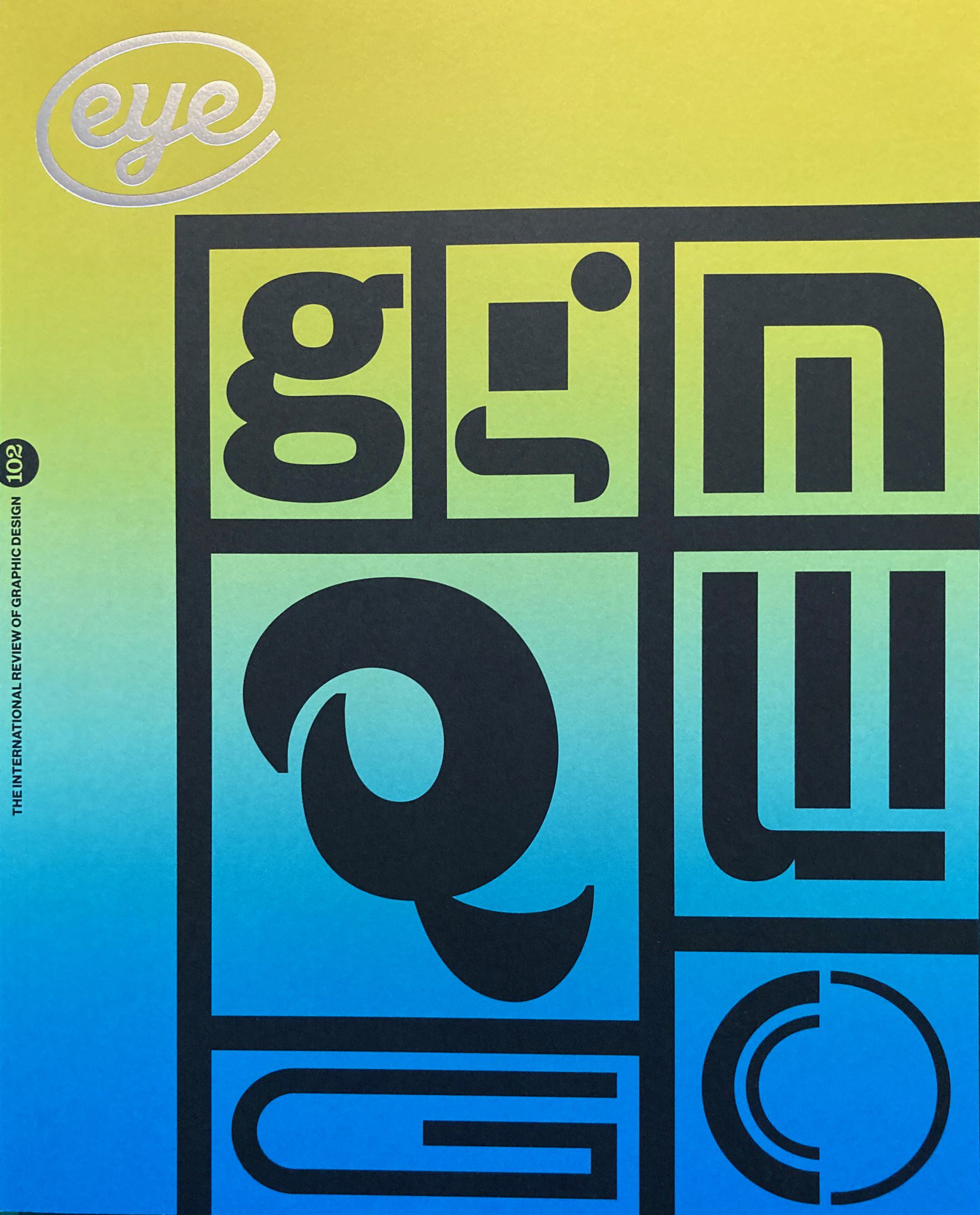Autumn 2021
Typographics 21: Session 5
Ilya Ruderman
Maria Skopina
Oleg Macujev
Rustam Gabbasov
Eugene Yukechev
Irina Smirnova
Max Ilinov
15 June 2021. Ilya Ruderman, host.
Maria Skopina and Oleg Macujev
‘Two calligraphic techniques in ancient Russia’Rustam Gabbasov and Eugene Yukechev, Type Journal
‘Rediscovering Russian Typographic Heritage’Irina Smirnova and Max Ilinov, kooperativ
‘The Secret Life of Cyrillic. Self-organizing Structures and Neutrality’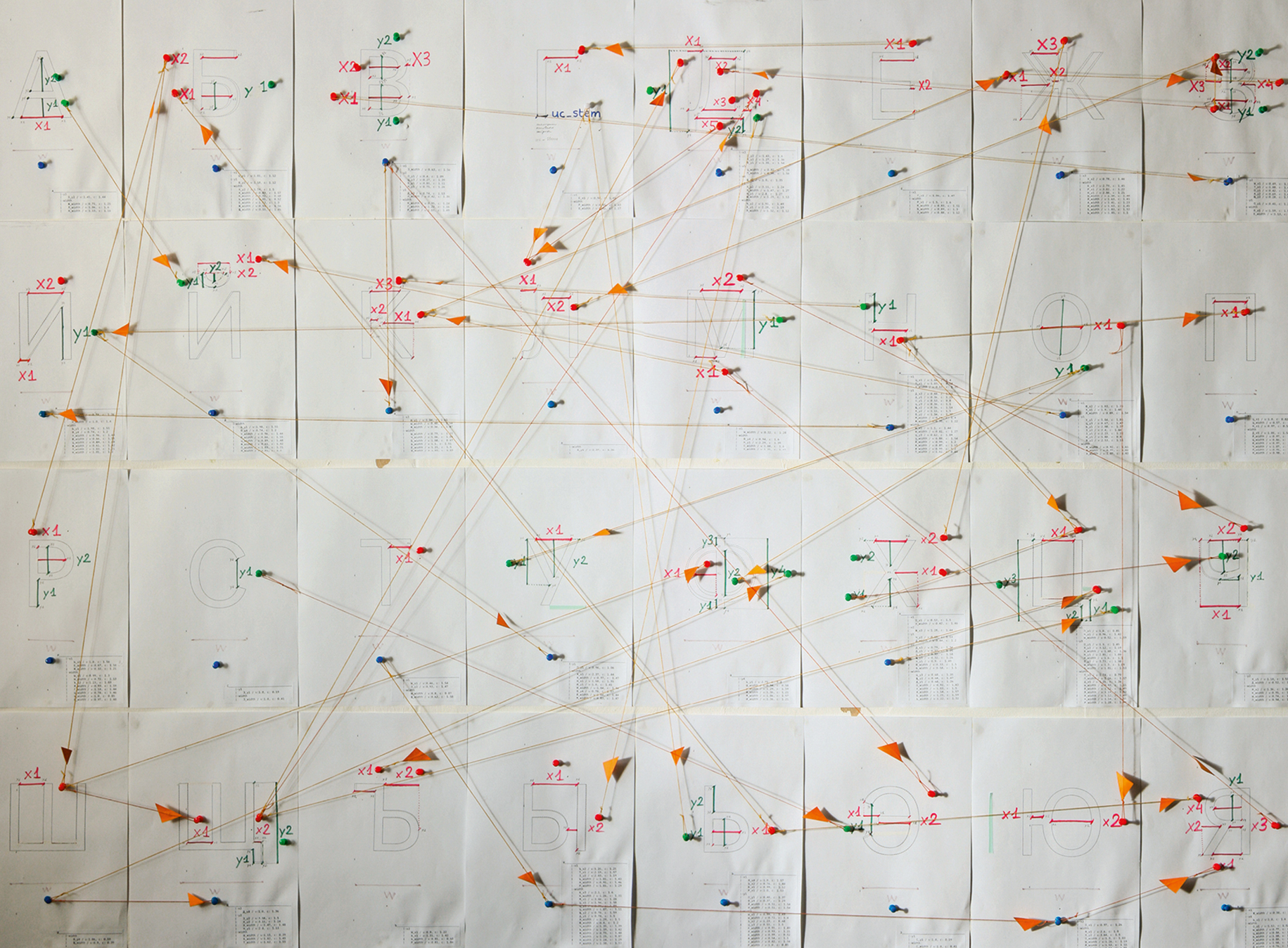
‘Typographics 2021’ has been one big, highly accessible and enjoyable world trip. Session five brought us to Russia, or rather, topics circling the Cyrillic script. Curated and hosted by Ilya Ruderman, we saw three presentations centred around history, use and analysis of this writing system.
Maria Skopina and Oleg Macujev presented an overview of the development of the Cyrillic script in calligraphy throughout the centuries as well as a great discovery. How did scribes write these typical letterforms of the Ustav (early Cyrillic) style with their vertical emphasis? A broad-edged pen matching the thick down strokes would produce thicker strokes in other directions, too, and thus not achieve this high a contrast between thick and thin. Closely analysing the manuscripts, Skopina and Macujev were able to shed more light on the stroke patterns. They discovered the heavy downstrokes were actually built up out of two slightly offset superimposed strokes, not one. Why would the scribes go through so much trouble, slowing down writing significantly, just for the sake of achieving this special aesthetic? The audience’s mind was blown (to judge from the chat comments).
Detail of ‘late ustav’ calligraphy in The Apostle (1391), shown in ‘Calligraphic techniques in ancient Russia’ by Maria Skopina and Oleg Macujev. Top. Diagram shown by Irina Smirnova and Max Ilinov (kooperativ).
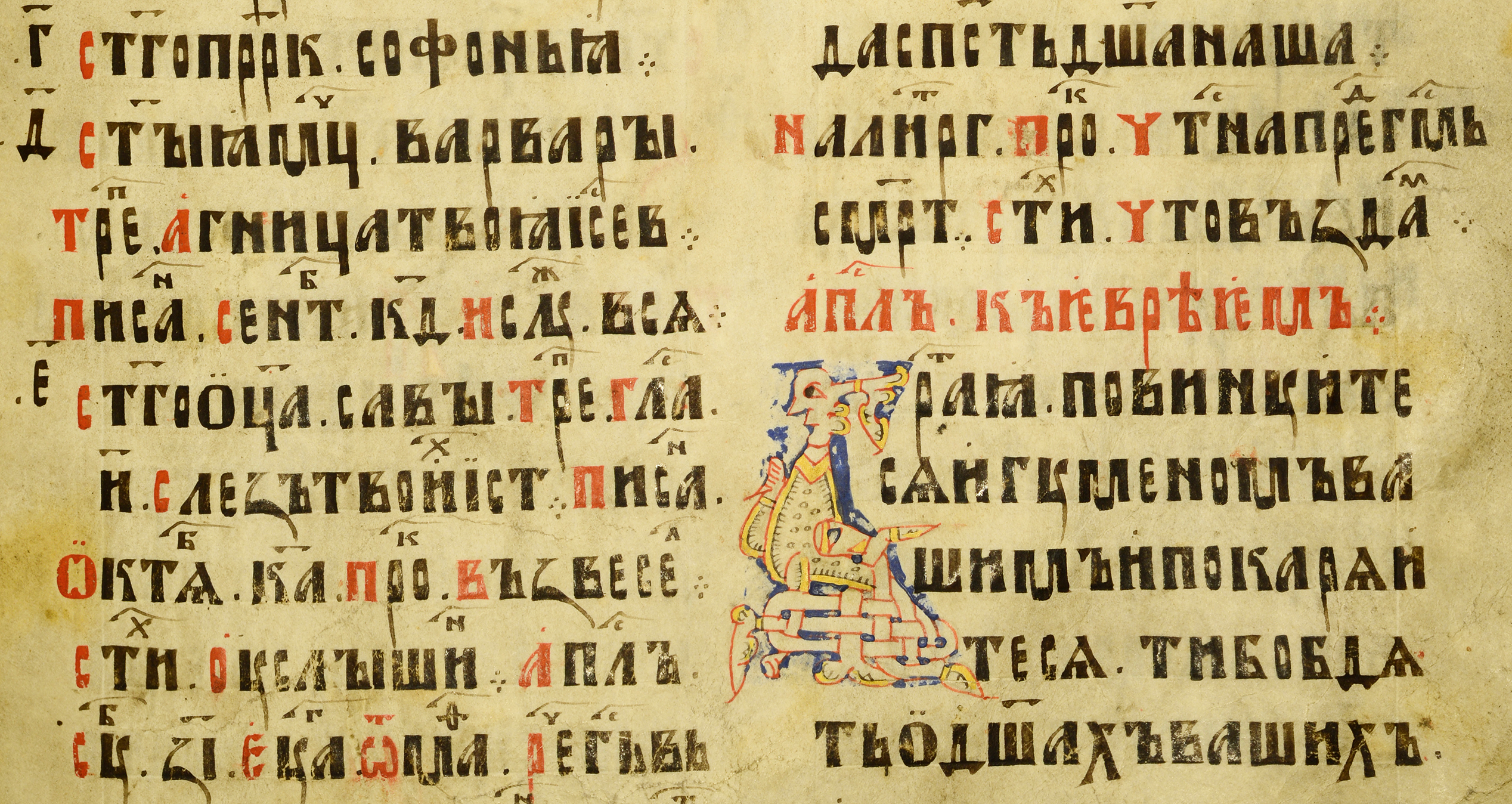
Hand-drawn Cyrillic ‘liturgical simple polustav’ letterform (ca. 1456), a stylistic choice that included overlapping calligraphic strokes forming a singular glyph, as shown by Maria Skopina and Oleg Macujev.
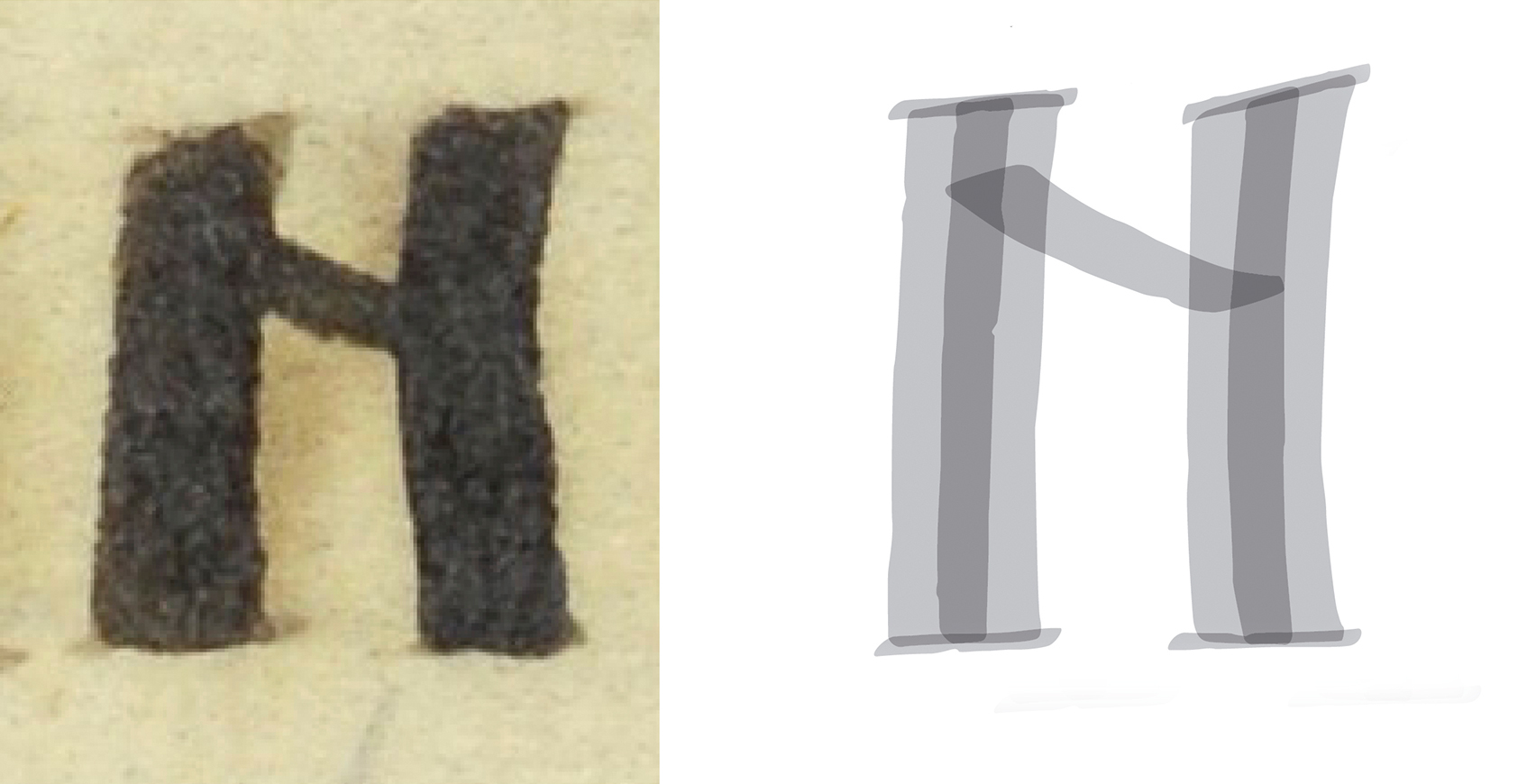
Rustam Gabbasov and Eugene Yukechev’s presentation also had history at its core. Through Schrift Publishers, their imprint, and Type Journal, they publish monographs and work by twentieth-century Russian typographers and artists. Solomon Telingater, for instance, was a Constructivist and Dadaist in the 1930s who proposed the ‘unified alphabet’, a phonetic writing system, one of several attempts in the twentieth century to latinise Cyrillic.
The middle part of the presentation was about Sergey Chekhonin’s two type styles from around the time of the Russian Revolution: his constructed block letters on the one side (of the book, literally) in contrast to his creative floral letterforms on the other.
Lastly, Gabbasov and Yukechev introduced us to Vladimir Favorsky, a key figure in Russian book design of the twentieth century, also credited for reviving wood engravings as a creative medium. (Plus, whose career as a typographer would be complete without proposing a type classification?)
Wooden Cyrillic typeface (ca. 1929), a diploma project by Vladimir Favorsky’s student Boris Grosevsky, shown in the presentation given by Rustam Gabbasov and Eugene Yukechev.
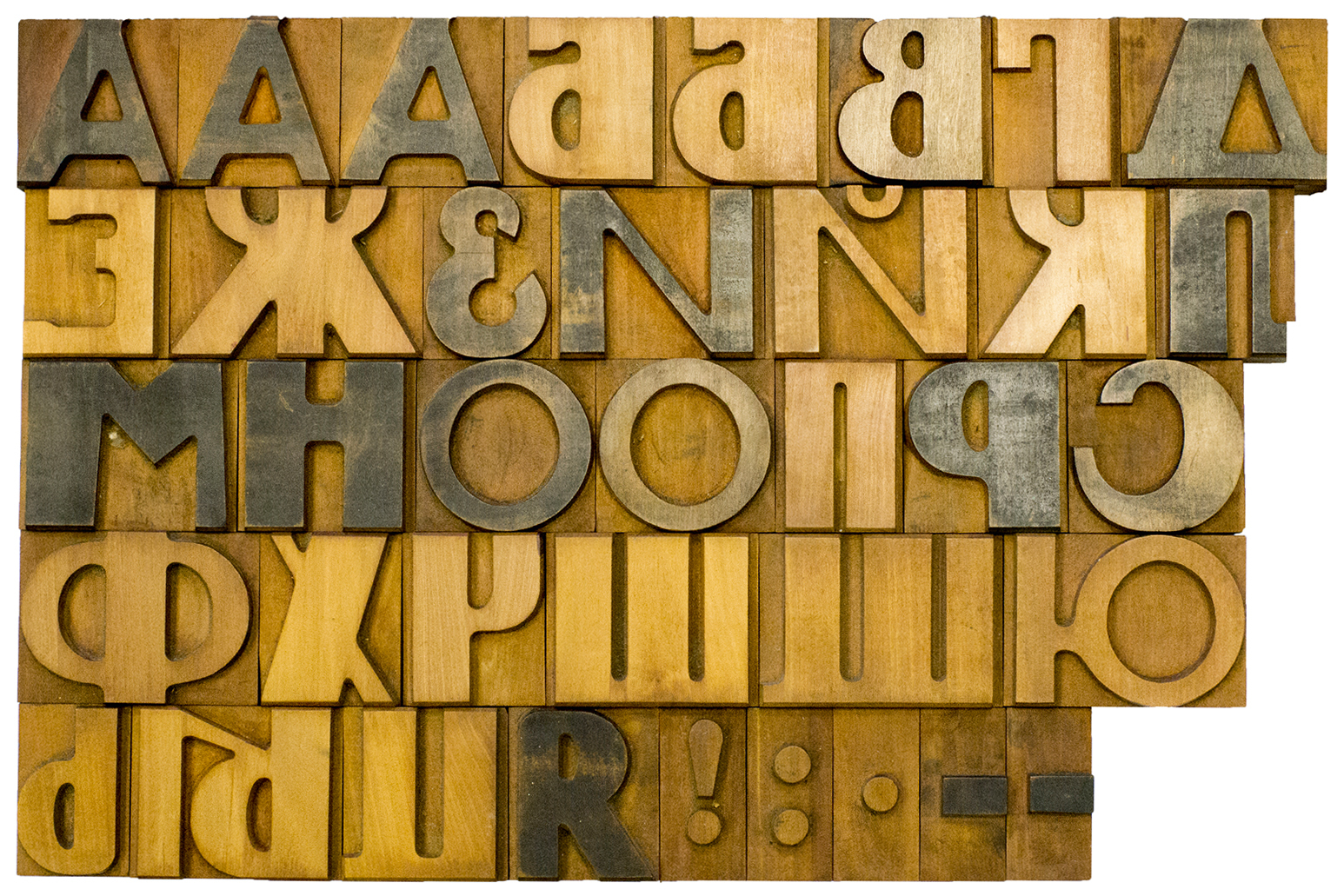
Irina Smirnova and Max Ilinov presented their research and analysis of Cyrillic sans-serif typefaces for the design of a matching companion to Kai Bernau’s Neutral typeface. Yet they had to go about it completely differently for Cyrillic as there are ‘no Modernist typefaces from which you could reconstruct Modernism’. Cyrillic type design is not rooted in Cyrillic calligraphy but in Latin typefaces.
Smirnova and Ilinov devised an amazing method and tool to analyse 120 Cyrillic sans-serifs, discovering a unity in Cyrillic, patterns and intervals they could not see before. Those informed their type design – apart from parts that clearly come from the Latin / Kai – and that, as a method of working, could be applied to different styles and genres of typefaces.
I am not sure I ever want to go back to in-person events tucked away in New York City. The unparalleled, approachable concept and global curation of ‘Typographics 2021’ has been an enriching triumph.
Indra Kupferschmid, designer, educator, Saarbrücken, Germany
First published in Eye no. 102 vol. 26, 2021
Eye is the world’s most beautiful and collectable graphic design journal, published for professional designers, students and anyone interested in critical, informed writing about graphic design and visual culture. It is available from all good design bookshops and online at the Eye shop, where you can buy subscriptions and single issues.

